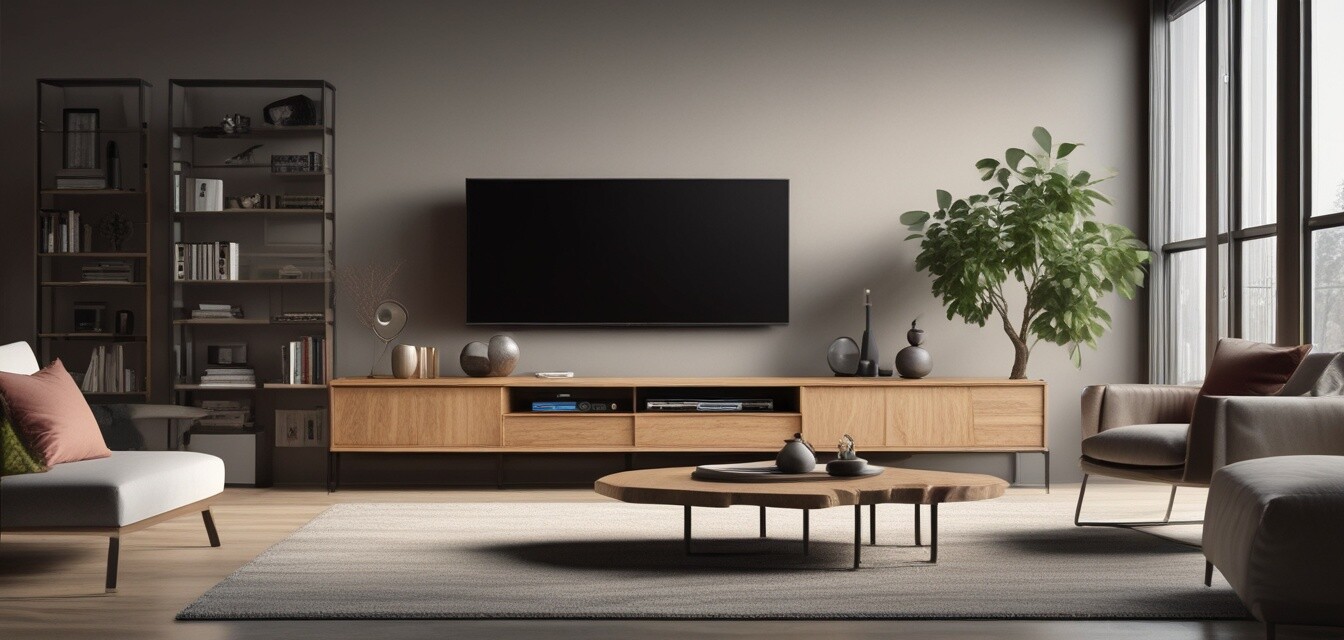
How to Choose the Perfect Color for Your TV Stand
Key Takeaways
- Consider your room's existing color scheme and style.
- Choose sustainable materials to align with eco-friendly values.
- Utilize color psychology to influence the mood of your space.
- Balance bold and neutral colors within your décor.
- Test colors in your space before making a decision.
Choosing the right color for your TV stand is more than just an aesthetic choice; it's an opportunity to enhance your living space while aligning with eco-friendly principles. This guide walks you through essential considerations to help you select a color that not only fits your home décor but also reflects your sustainable values.
1. Understand Your Existing Color Scheme
Before making a decision, evaluate the current colors present in your living space. Here are some tips to help you analyze your color scheme:
- Identify dominant colors: What colors are most prevalent in your walls, furniture, and accessories?
- Look for accent colors: Do you have decorative items that pop against neutral tones?
- Consider the mood: Do you want a calming atmosphere or a more vibrant, energetic feel?
2. Choose Sustainable Materials
When selecting a color for your TV stand, ensure the materials used are eco-friendly. Sustainable materials not only contribute to a healthier planet, but they can also influence the color options available to you:
- Wood: Opt for reclaimed or sustainably sourced wood that comes in natural hues.
- Metal: Paints used on metal can be eco-friendly, allowing for various colors.
- Glass: Clear or tinted glass can add creativity without compromising on sustainability.
Popular Sustainable Materials
| Material | Characteristics | Color Options |
|---|---|---|
| Reclaimed Wood | Unique patterns, durable | Natural browns, gray tones |
| Bamboo | Lightweight, eco-friendly | Light beige, warm yellow |
| Recycled Metal | Sturdy, sleek | Black, white, metallics |
3. Explore Color Psychology
Colors affect our emotions and can set the tone for your living environment. Intentional color selection can influence your experience at home. Here are some ideas:
- Blue: Promotes calmness and relaxation.
- Red: Represents energy and passion.
- Green: Evokes tranquility and nature.
- Yellow: Conveys happiness and positivity.
4. Balance Bold and Neutral Colors
Your TV stand should enhance your space without overwhelming it. Consider a strategy that incorporates both bold and neutral colors:
- Bold Colors: If you opt for a bold color stand, balance it with neutral décor.
- Neutral Colors: A neutral stand allows for vibrant accents in your cushions, artwork or other decorative items.
5. Test the Colors in Your Space
Before making a final decision on your TV stand's color, it’s vital to test it within your space:
- Get paint chip samples or small pieces of material.
- Visualize how the color interacts with existing elements.
- Adjust lighting according to different times of the day to see how colors shift.
Conclusion
Selecting the perfect color for your TV stand is a thoughtful process that can enhance your home while reflecting your sustainable values. By considering your existing décor, opting for eco-friendly materials, and understanding color psychology, you'll find the ideal choice for your living space. For more tips on sustainable furniture, check out our Buying Guides.
Pros
- Enhances overall aesthetic of the living space.
- Aligns with eco-friendly values through material choices.
- Can positively influence mood and energy levels.
Cons
- Some color choices may limit future décor changes.
- Bright colors may require more maintenance than neutrals.
- Testing colors can be time-consuming.